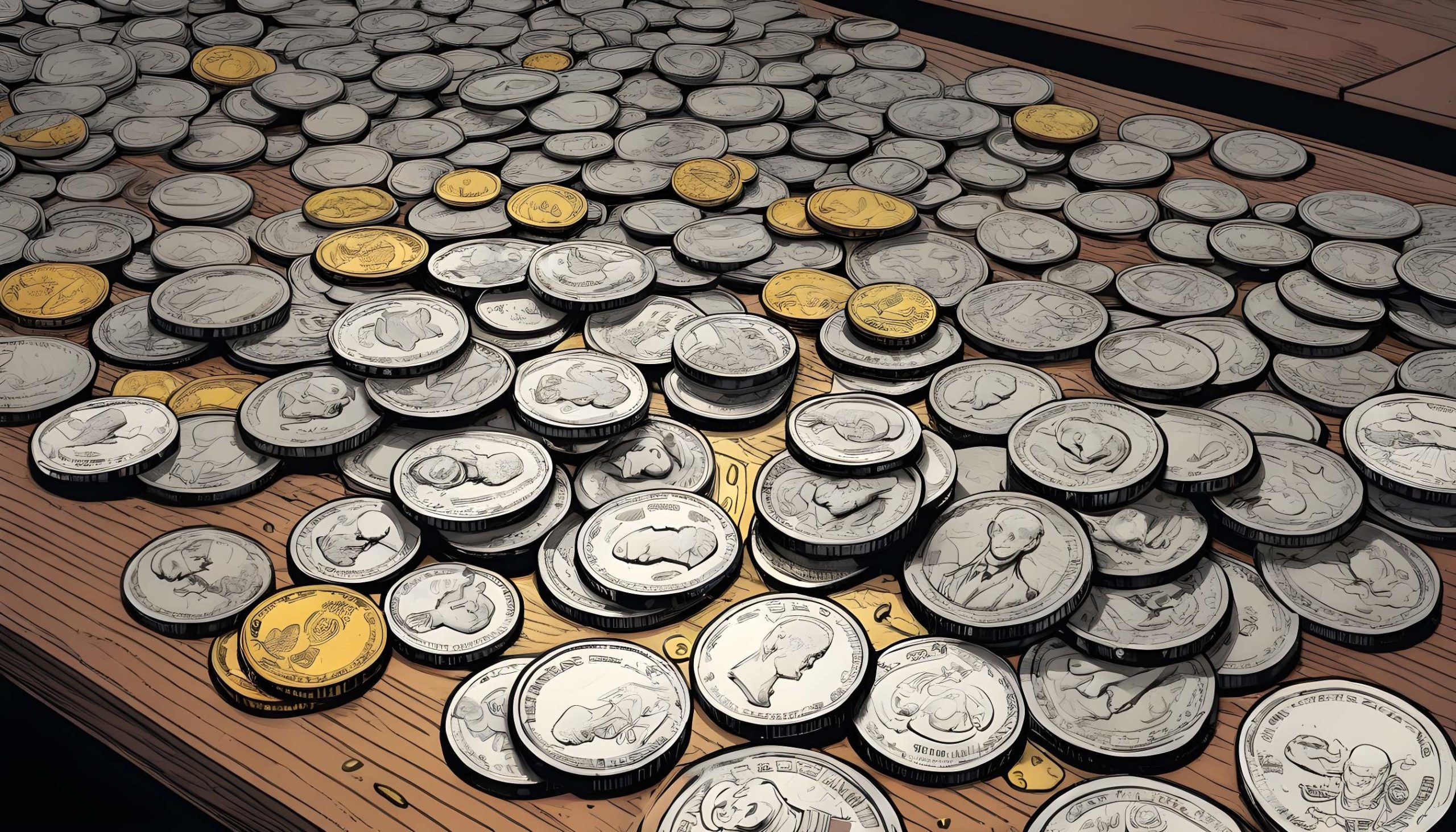The world’s largest asset manager, BlackRock, is poised to officially enter the asset tokenization space with the launch of the BlackRock USD Institutional Digital Liquidity Fund. This move signifies a significant development for the blockchain industry, marking the first foray by a major financial institution into tokenized asset funds on a public blockchain.
Thank you for reading this post, don't forget to subscribe!According to a Form D filing with the U.S. Securities and Exchange Commission (SEC), the yet-to-be-launched fund was created in 2023. BlackRock is seeking an exemption under the Investment Company Act Section 3(c). This exemption allows the fund to operate outside of certain SEC regulations. Interestingly, the fund was established under the jurisdiction of the British Virgin Islands.
Minimum Investment and Token Details
Participation in the BlackRock USD Institutional Digital Liquidity Fund comes with a $100,000 minimum investment. Securitize, a U.S. digital asset securities firm, will handle both the offering and sale of the tokens. The SEC filing reveals $525,000 allocated for sales commissions, while the fund size itself remains unspecified.
The fund leverages the Ethereum blockchain for tokenization, utilizing the ERC-20 standard for its BUIDL token. Currently, Etherscan shows only one holder for the BUIDL token, with a market cap of $0. However, the platform also indicates a $100 million transfer to the fund on March 4th, 2024.
A Stepping Stone Towards Broader Tokenization?
BlackRock CEO Larry Fink has previously hinted at the company’s interest in tokenization, suggesting that the launch of the Digital Liquidity Fund could be a “stepping stone” toward further exploration of the technology. Fink expressed his belief that the next step going forward will be the tokenization of financial assets, encompassing stocks, bonds, and potentially all financial instruments on a single, transparent ledger. This sentiment is echoed by industry experts who view this as a potential catalyst for broader institutional adoption of asset tokenization.
Potential Benefits of Asset Tokenization
Asset tokenization offers a multitude of potential benefits. By leveraging blockchain technology, assets can be fractionalized, facilitating greater accessibility and liquidity for investors. Additionally, tokenization streamlines transactions, potentially lowering costs and increasing efficiency. Enhanced transparency and security are also touted advantages, as blockchain-based records are immutable and tamper-proof.
Challenges and Considerations
Despite the potential benefits, challenges remain. Regulatory uncertainties surrounding digital assets continue to pose hurdles for widespread adoption. Furthermore, integrating blockchain technology into existing financial systems requires careful consideration and infrastructure development.
A Sign of Maturation for Blockchain Technology
The launch of the BlackRock USD Institutional Digital Liquidity Fund signifies a significant milestone for the blockchain industry. It demonstrates the growing interest from established financial institutions and paves the way for a broader exploration of asset tokenization’s potential. While challenges persist, BlackRock’s involvement marks a step towards mainstream adoption and further maturation of the blockchain landscape.


